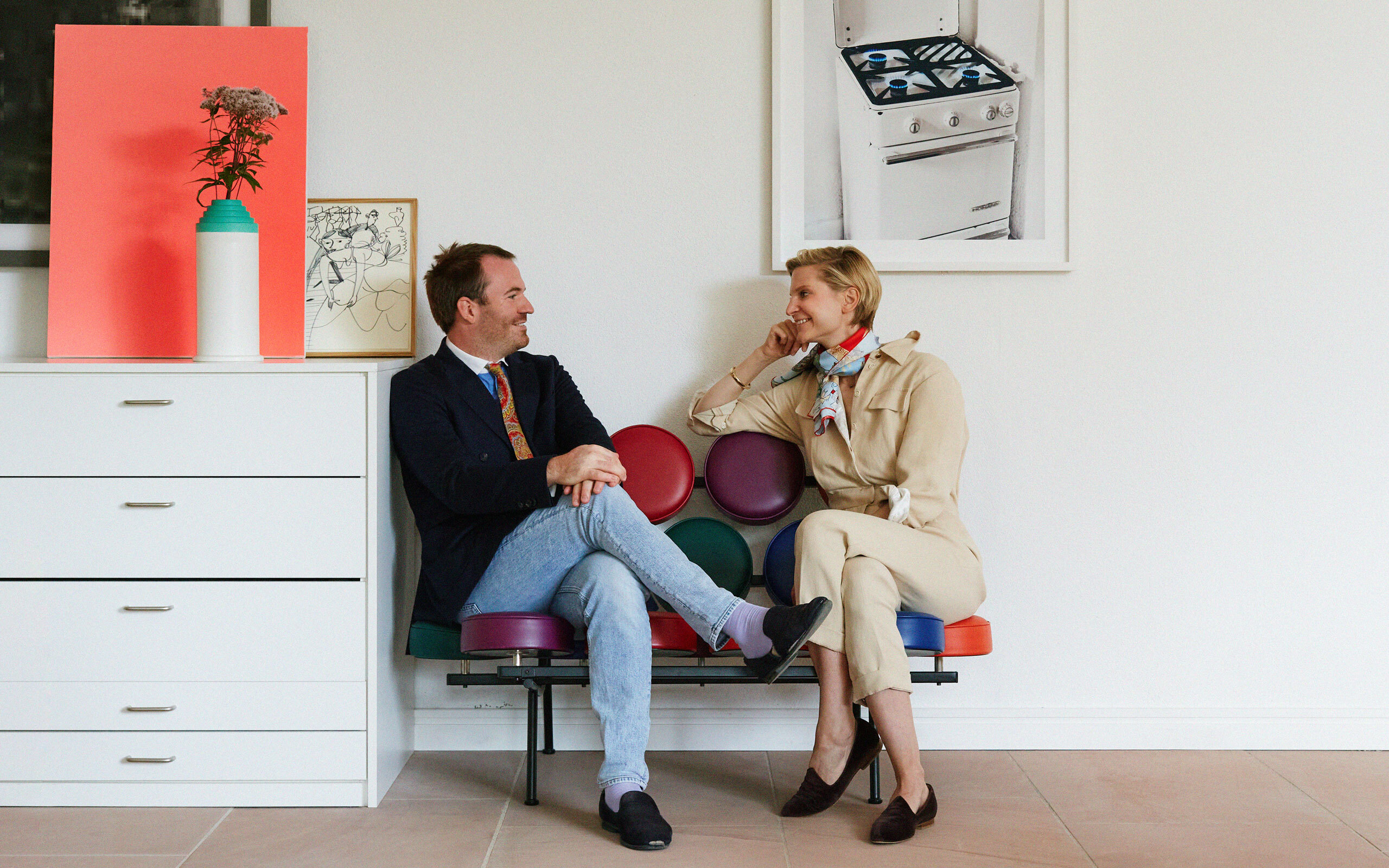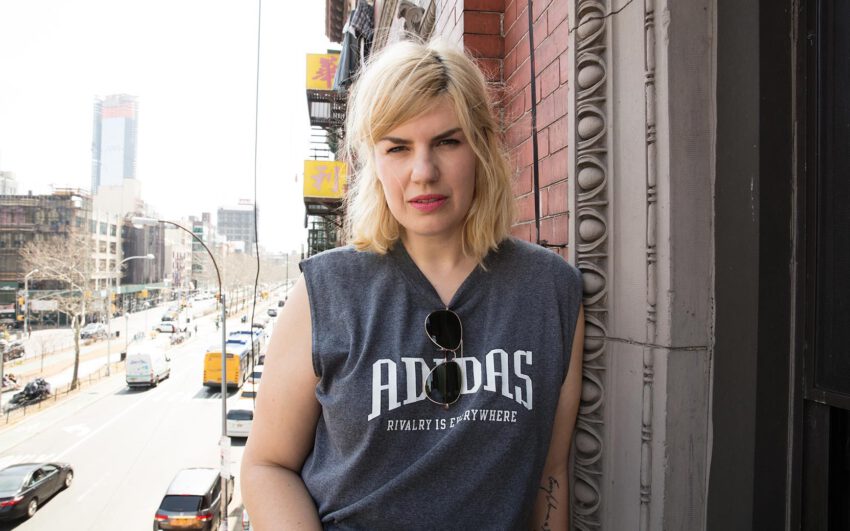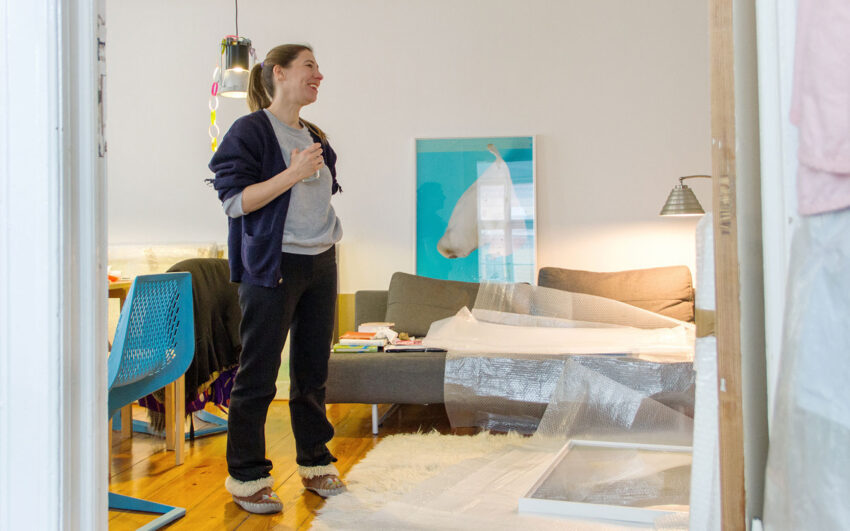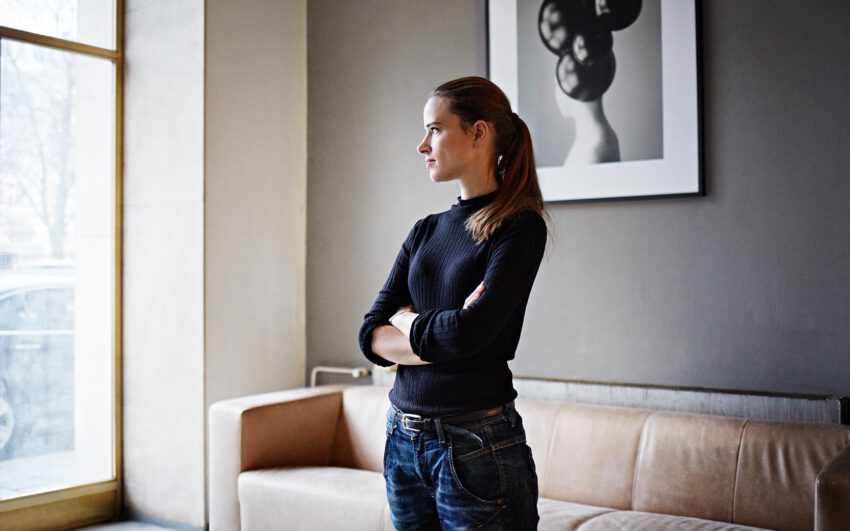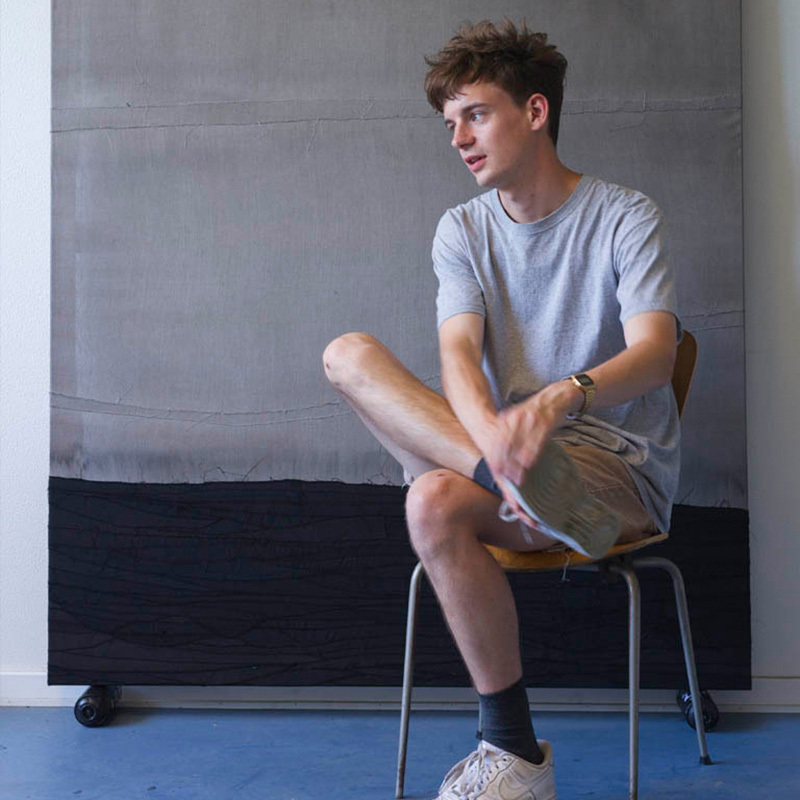The program that Johanna and Friedrich Gräfling have completed in terms of art over the past ten years is actually more than enough for three lifetimes. They have founded an experimental exhibition space in Aschaffenburg, established the “Salon Kennedy” in Frankfurt am Main, a place for exhibitions and discourse on art, architecture and design, founded an art association, converted a barn into a residence, and built up a distinguished art collection with an international reputation, including works by Alicia Kwade, Simon Fujiwara, and Michael Sailstorfer. We met both of them in Wiesen, a small town in the Spessart, and talked about how it all actually began, about how they see themselves as collectors today, and how long it takes for art to be included in their collection.
Johanna, other people graduate at your age and begin to consider collecting art. Would the early thirties be a suitable age to start?
Johanna: I certainly think the earlier, the better. But I also think the early thirties are actually a very good time, because most people have already started their careers and any interests they may have are deepened. That’s what we are presently noticing in our circle of friends – families are being founded, people are moving to different places, priorities are shifting, and that is when many people begin to think about art and buy art.
Friedrich: I think principally age doesn’t matter at all. I agree with everything Johanna just said, but the question of when to collect art always comes up in life. For us it came up when we were around twenty, but it is coming up the same way now, and it probably will when we are seventy. Money, as such, is not necessarily the criterion. Collecting is a balancing of priorities. When you are in your early twenties, you might weigh things differently than when you are thirty or seventy. But the question itself probably always arises. And the concept of collecting is not clearly defined.
What does collecting mean to you, to both of you?
J: For us collecting is an attitude and also a social responsibility. I think the most important thing is to start collecting from a deep interest. Then age really doesn’t matter.
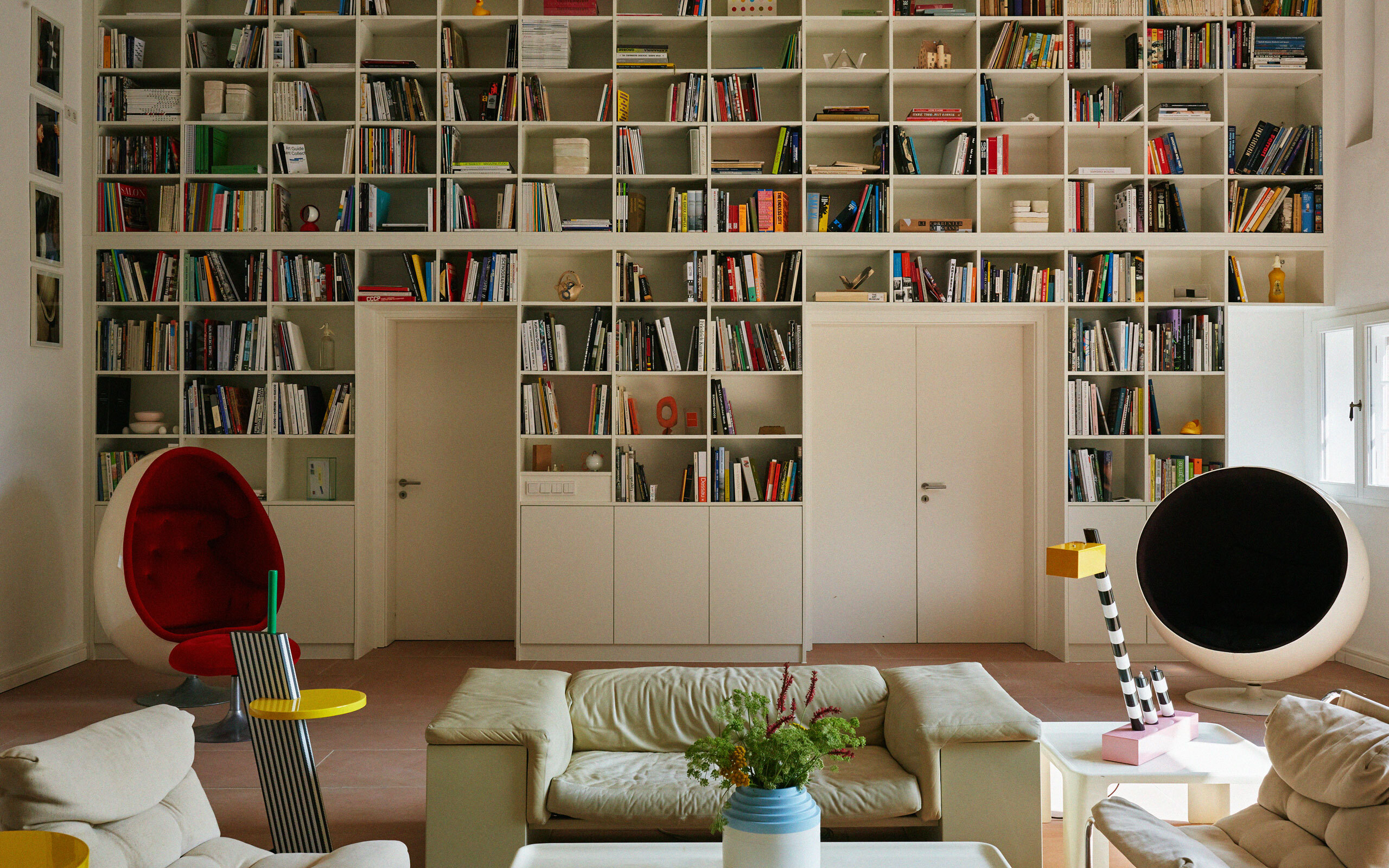
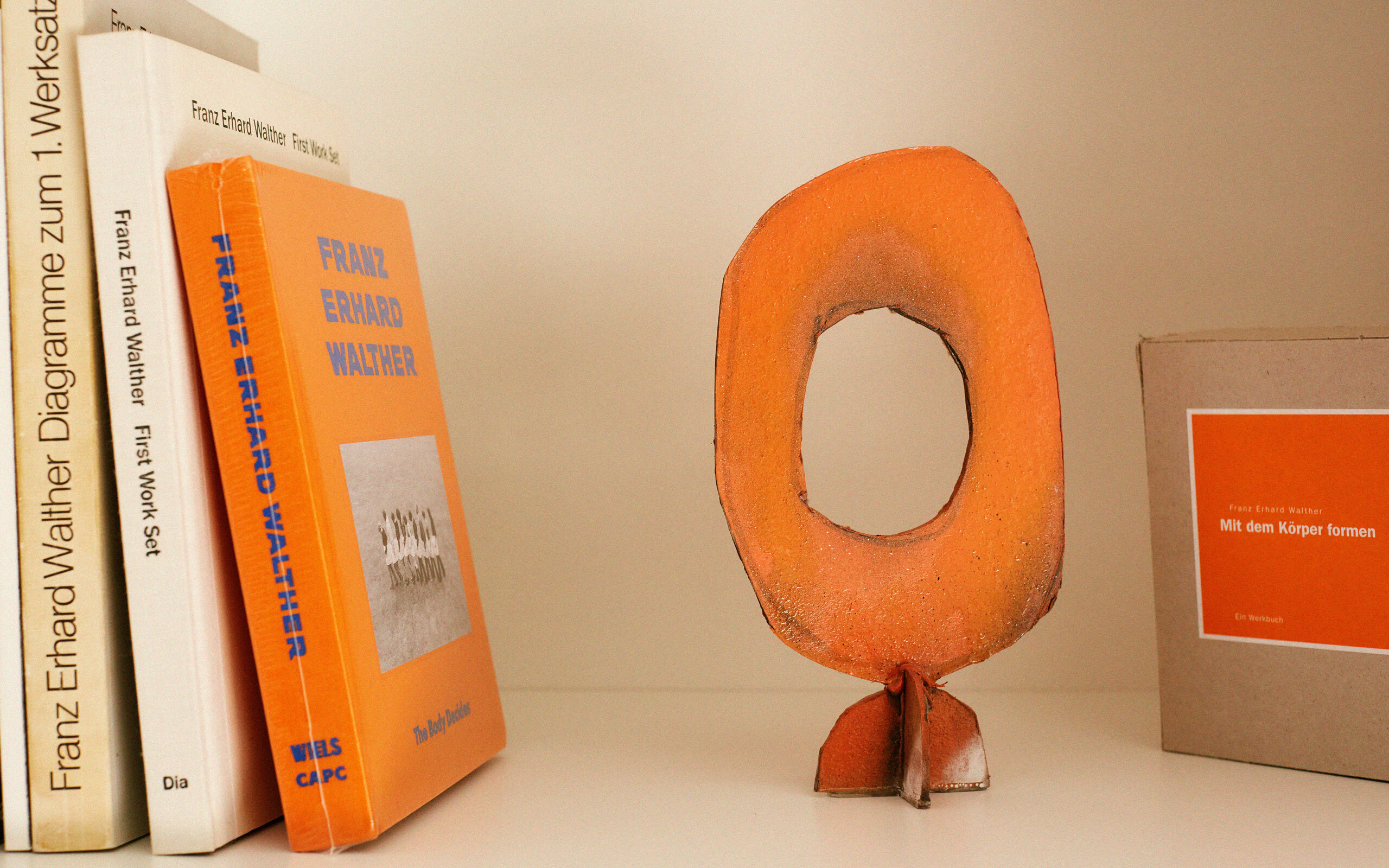
How did your path together that was intensely accompanied by art from the very beginning actually get started?
J: We met in London a little over ten years ago and held our first exhibitions there in the apartment we shared.
F: The problem back then was: the art was there, the interest and energy were there, and so was the urge to exhibit and show art – but we always lacked spaces. We didn’t to have a pop-up in some gallery, and museum shows were certainly a distant goal. We were looking for an in-between space, but how do you get there, especially in London? So, without further ado, we started presenting exhibitions simply in the living room of our London apartment, mostly during events like the Frieze and so on.
J: Sometimes it was extreme. We would move all the furniture into the bedroom or the bathroom and then tried to create really a free, empty space and redesign it often with the artists, for example covering the carpet with silver foil from milk packaging, because that suited the exhibition.
F: Exactly. But of course that was always limited and also not very practical, to climb over the sofa into the shower for the duration of the exhibitions. And then the space in Aschaffenburg came up. Logistically, it was not easy to solve from London, but at the time, around 2010, it suited us.
To clarify briefly: At the time, you converted a slaughterhouse in Aschaffenburg into an exhibition space. A year later, the first exhibition, curated by Gregor Hildebrandt, was on display there. How were you able to finance it back then; you were still students, weren’t you?
F: We renovated the space in Aschaffenburg ourselves with the help of Friedrich’s father, who was on site. There was no possibility whatsoever for us to run the exhibition space professionally. For example, we had no opening hours. The space was run on a kind of event basis. When there were cultural days in Aschaffenburg, we were there and weopened the space.
J: It was and always is a lot of our own manual work, which then as now flows into everything we do, including here in the barn. We help out ourselves and rarely call in external builders. We source everything directly, all the materials. What we can do ourselves, we do with our hands and our heads. This saves quite a lot of money. For example, Friedrich put in the floor that surrounds us.
The “Schlachthaus” no longer exists as an exhibition space; instead, you established the “Salon Kennedy” in 2013. What is that all about?
J: For us it was all about making exhibitions and bringing people closer to art. Our interest was and still is –that’s why we call it a salon – not just to create a space where one is looking at the art on the wall, but also to initiate a discourse. We also want to bring people to art, who might not yet have had anything to do with it. In this place, you have the opportunity to speak directly with the artist. Everyone who comes into the salon has to ring the bell and walk past us first, and that automatically leads to a conversation, and that leads to something else; and if you end up talking about something other than art, that’s good, too. Also the artists are given carte blanche to freely respond to the architecture and all of the conditions in these stately rooms and try things out without the restrictions that might exist in a gallery or museum; they can simply experiment there as they wish.
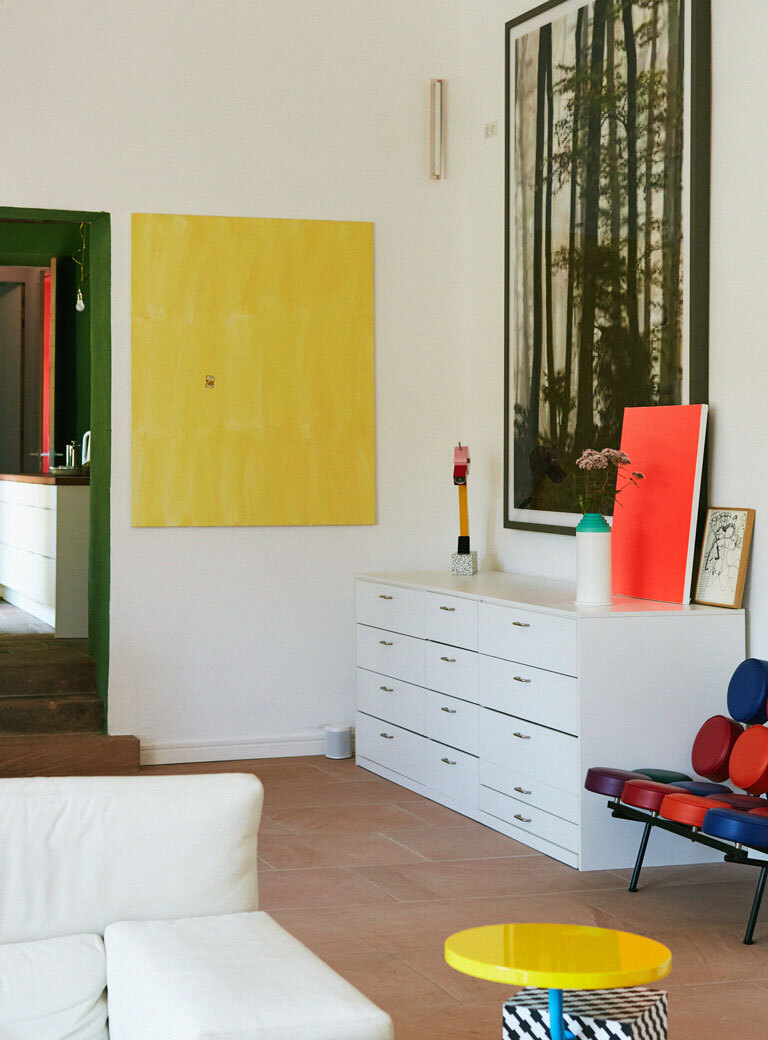
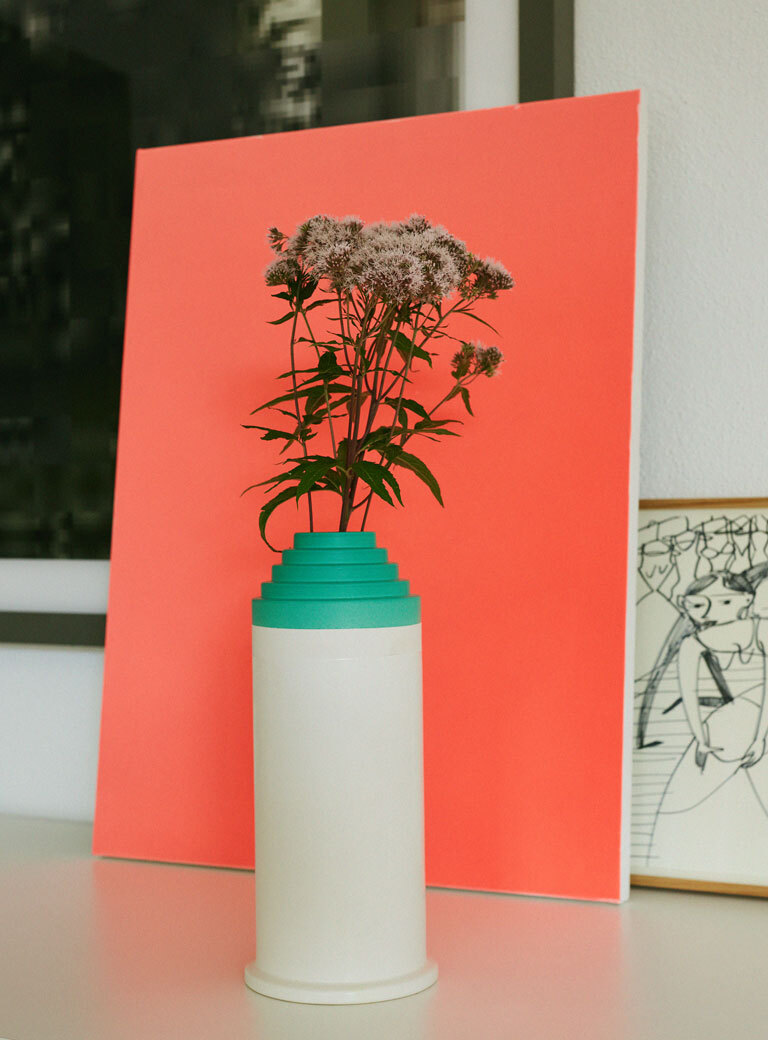
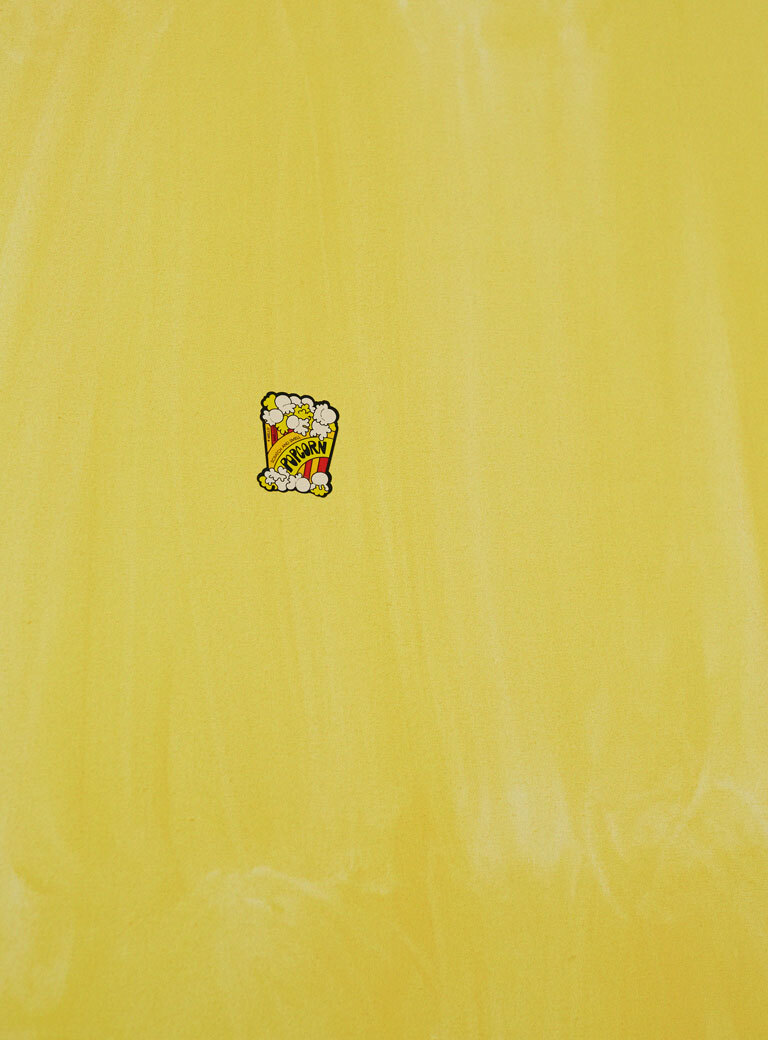
Have you ever had any fear of contact with artists? For some collectors, this is definitely an issue…
F: No, I never had any fear of contact with artists, because I didn’t know it any other way. I worked in various artists’ studios, sometimes to pay for the art with my work, because otherwise I wouldn’t have been able to afford it. From the beginning, contact with artists was natural for me.
J: My interest was always there, but at first I only had access to artists through friends who had studied art. This changed through Friedrich, who, when we met, had already been working closely with artists in London for a few years and had already organized some exhibitions or worked in the studio. Today, of course, it’s completely different.
Why did you actually move from London to Frankfurt in 2013? Was Berlin also an option for you?
F: We wanted to leave London and live in German-speaking countries again. At the time, we compared the big cities in Austria, Switzerland, and Germany. Berlin was not in the discussion at any point. We are – and were at that time – often there, but even then it was no longer the city of Martin Kippenberger’s Paris Bar. We found Frankfurt extremely good in regarding the institutional standard. There’s the Städelschule, the HfG Offenbach, and other excellent places for young artists, and we thought that perhaps we could mediate with our contribution between the students and all the top institutions, including the Städel Museum, the MMK, and the Schirn Kunsthalle.
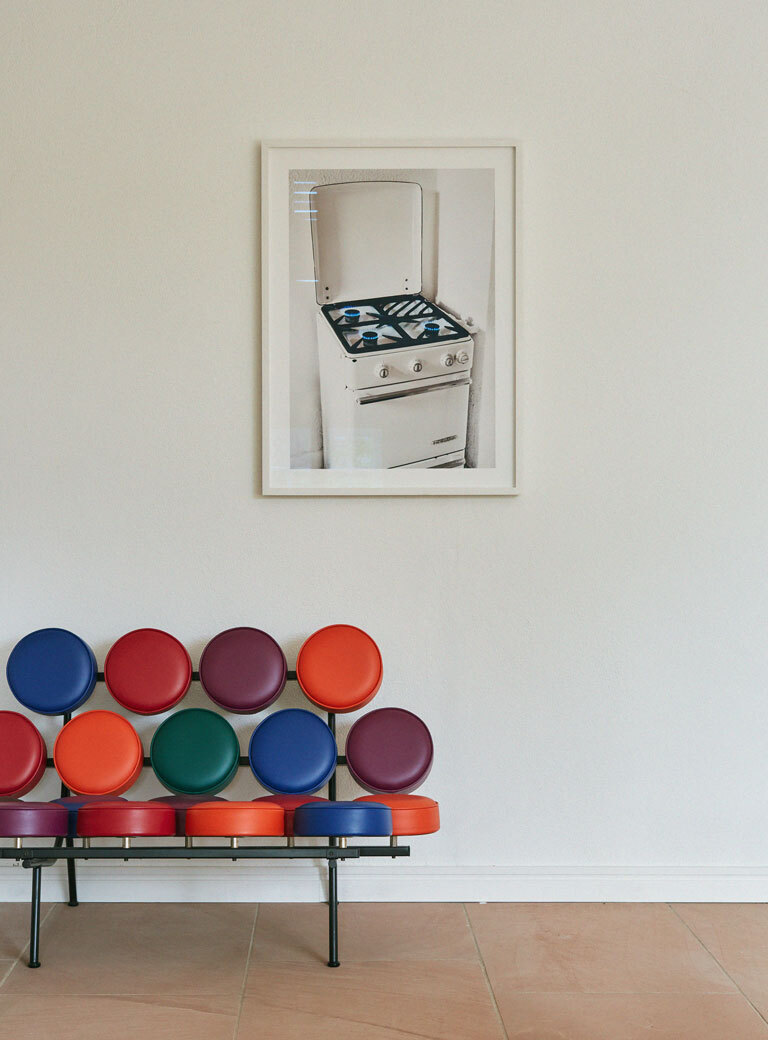
Let’s go back a little and talk about collecting and your collection. How big is your collection today? I once read an estimation of around 400 works, is that still current?
J: Yes, around that.
F: It’s constantly growing, of course.
Do you have a concept according to which you collect, for example a certain theme or genre?
J: There is no concept per se. In fact, it is always quite a long process before we decide to include artists in the collection. We are interested in understanding the respective artistic practice and, in the best case, getting to know it. That does not always happen, but about 85 per cent of the time it does, perhaps even more often. In that case we first engage with the art for quite a while. Everything we have in the collection, we want to pursue in depth, as far as it is possible. But some of the artists are unfortunately – or fortunately – no longer as affordable for us as they were at the beginning of their careers.
Does that mean you always decide together which art to buy?
J: Yes, someone introduces an artist and we discover the art together and decide together in the process – and actually mostly it’s just not about one work. A good example is the Berlin artist Michael Sailstorfer. We collected his work early on, and outside the art path that we installed here in Wiesen, an example, is his work Tears which bears witness to our joint production. In 2015, we demolished a house here together, creating a new complex of works. Next to it, his sculpture Wohnen mit Verkehrsanbindung is installed. If at all possible, we work with all the artists at this leveland try to cover as much as possible of their artistic oeuvre in the collection.
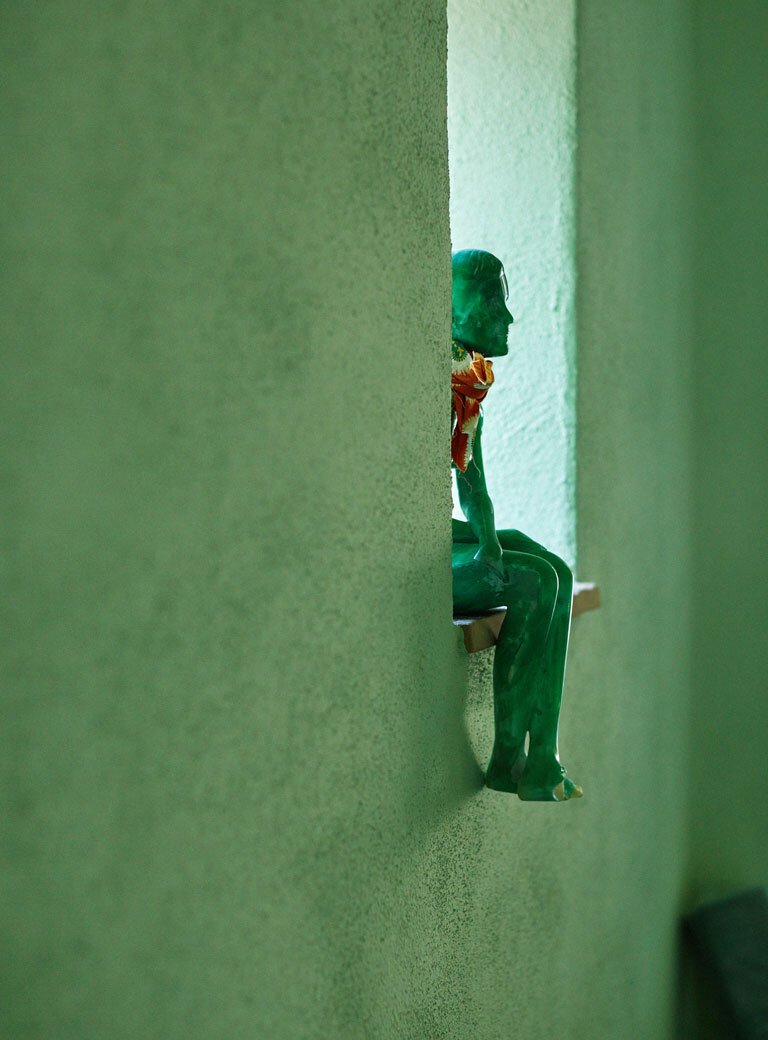
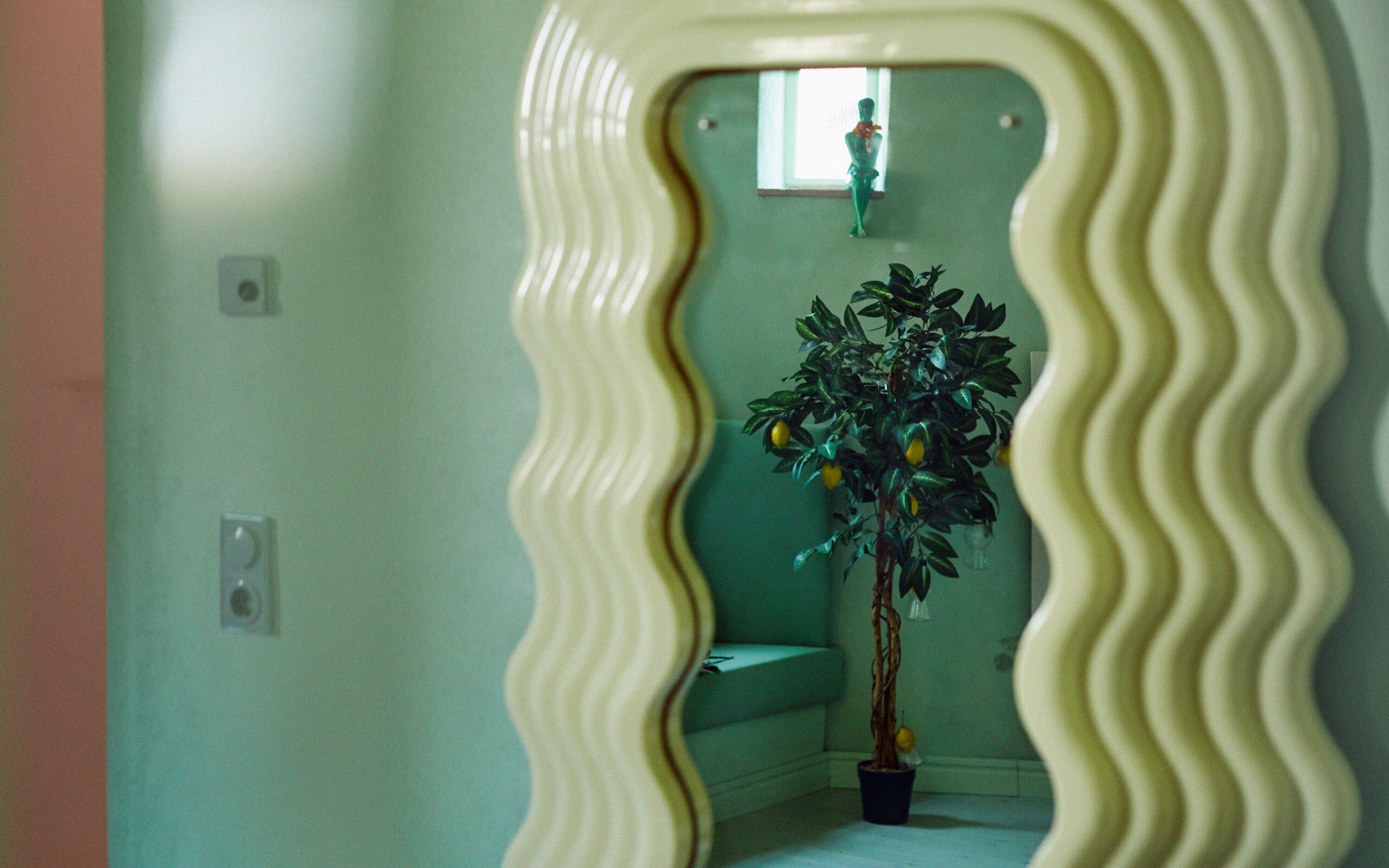
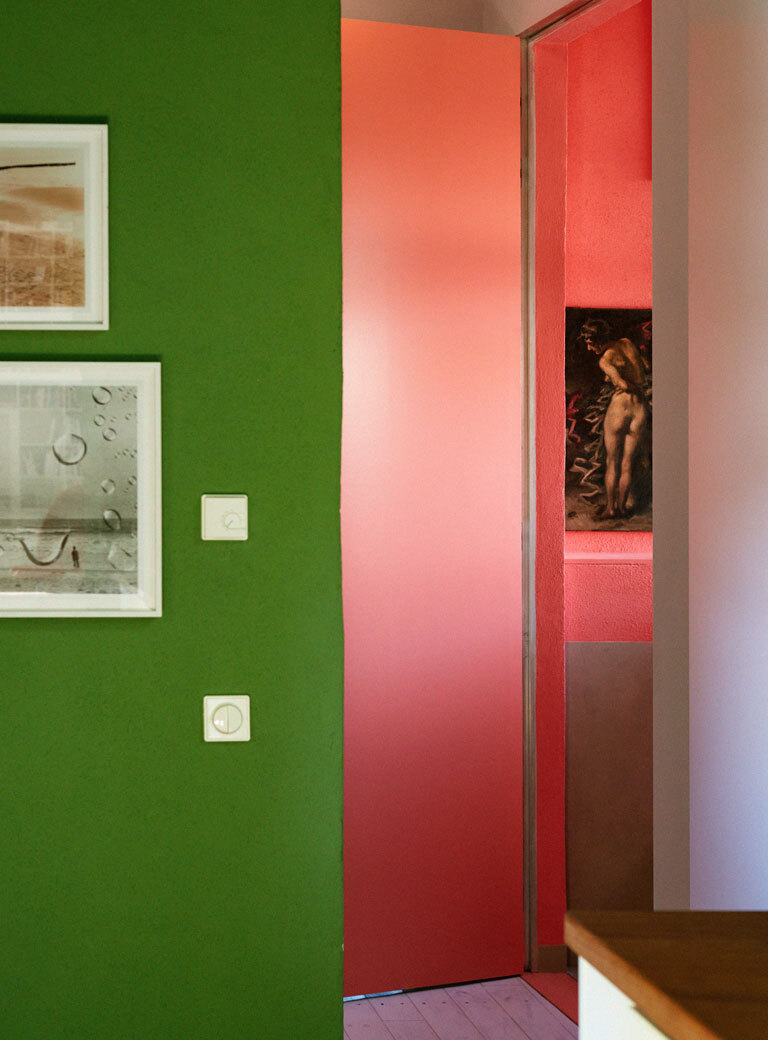
Why do you always want to collect several works of art at once, why isn’t it enough for you to have just one work by, say, Alicja Kwade in the collection?
F: That’s the collecting. It’s probably a disease or somehow a genetic defect (laughs). It hurts every time, gets crazier and crazier, so that at a certain point you can almost no longer handle it. Since you mentioned Alicja Kwade for example, a 400 kg stone arrived from her the other day. What do you do with it now?
J: … everything becomes a bit obsessive …
F: … Yes, precisely. That’s the thing. We watch for a long time. Simon Fujiwara, for example, we noticed him consciously in the exhibition Made in Germany 2 in 2012. We acquired the first work last year. We have been involved with him again and again constantly for almost ten years. And we are not concerned with the fact whether an artist is developing well, not at all…
J: … better not at first!
F: Yes, exactly, from a collector’s point of view hopefully never, because then the prices rise. But does he/she continue to captivate us, what are his/her themes and so on, that’s what interests us. Simon is a relatively extreme example now, of course, but it is always years before we add an item to the collection. Once a work is in, it is relatively straightforward. Of course, it always depends on the individual work, but then we don’t need long to think about an acquisition. Then it’s really a decision of a split-second.
Have you ever made an impulse purchase that wasn’t well thought out?
F: No, I can guarantee that. We are not the ones who should be invited to fairs and gallery openings (laughs). We buy in galleries, of course, or contacts develop at fairs. But we are not event or impulse buyers.
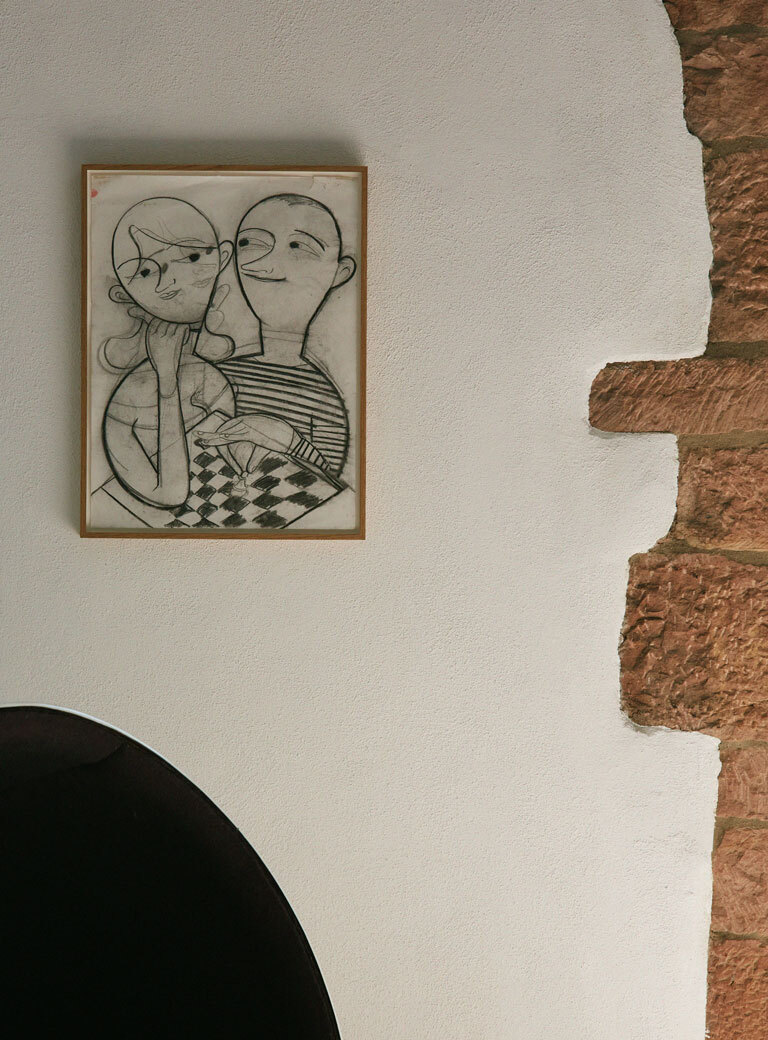
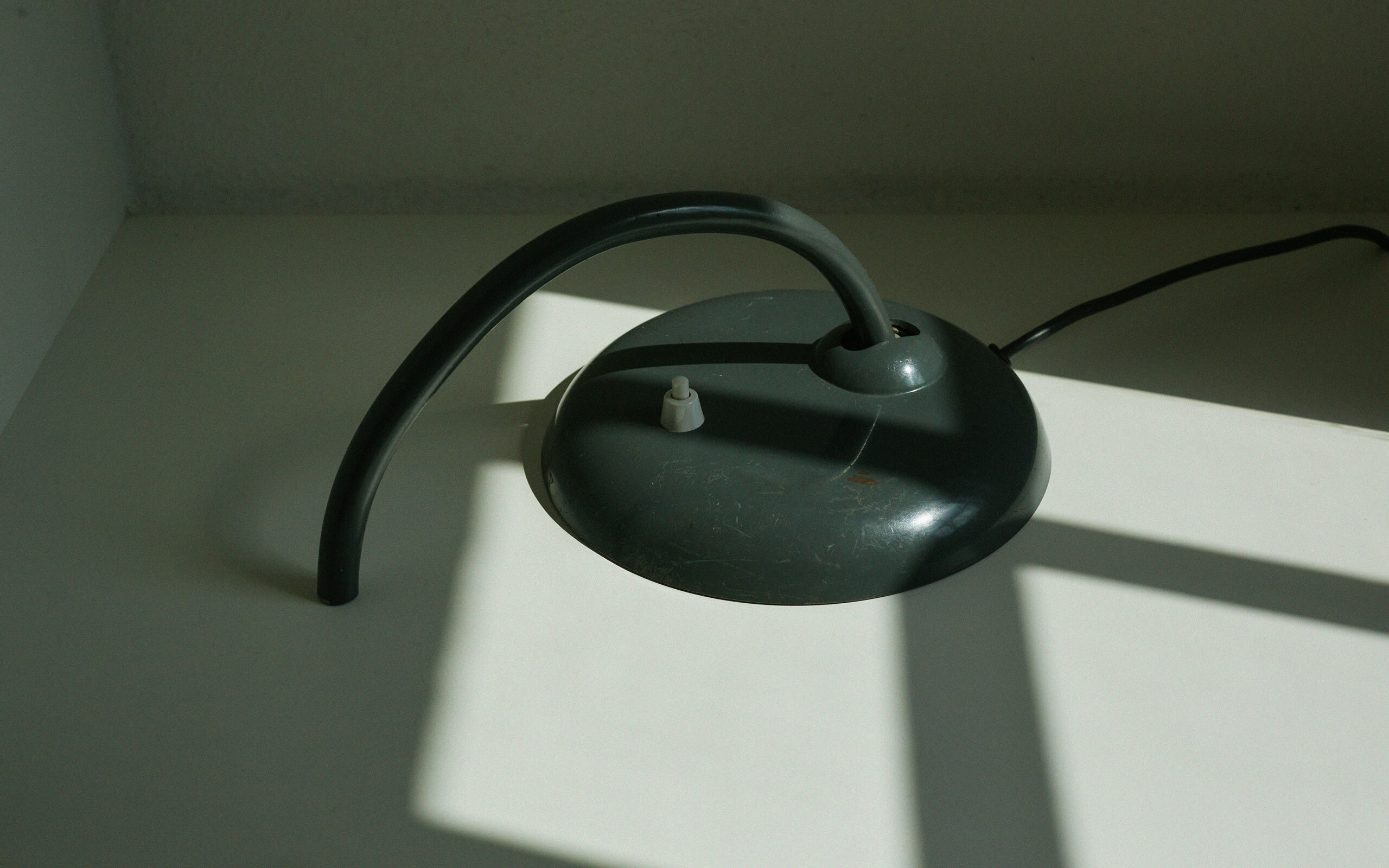
You mainly collect art of “your generation,” you once said, give or take ten years, which a glance at your list of artists in your collection on the website confirms. The list really looks like a snapshot of our contemporary art. What must a contemporary artist do to get into your collection?
F: First of all, I would say to refrain from contacting us with portfolios. I think the most important thing is to be proactive, not to wait for something to happen, but to do things yourself. If you are reading this now: open up your own space! If you don’t get an exhibition, exhibit yourself.
Would you say that it doesn’t matter whether such an exhibition takes place in the city or in the country?
J: In the countryside you have certainly more freedom, shorter distances. We founded an art association here in Wiesen in 2014, and our current exhibition with Dominika Bednarsky takes place in the windows of local stores and institutions. Of course, in the countryside, you have to work extra hard to get people to come and see and develop an interest in art in the first place. Why should you drive an hour from Frankfurt to see art? Precisely, because it is good and that prevails. Of course, you have to do a bit more in that respect. In the city, it is easier to be seen in that respect.
F: In principle, it doesn’t matter to us who comes to see the exhibitions, in the positive sense of the word. It can be the local craftsman or the art historian with three post-doctoral degrees who travels from London. But both have to make a certain effort to look at the art. That’s actually what we want. It is similar to the “Salon Kennedy.” You don’t have opening hours, you have to ring the bell or go into the store and you can’t just look in the store window out of boredom, then you don’t understand anything. If you overcome that, if you have interest, then something new emerges. And then everyone is welcome, and we look forward to exciting discussions.
And last but not least, do you have any other tips for young collectors?
J: See as much art as possible! And see if an interest develops from it.
F: Yes exactly, and if you feel the need to want to own what you see, then you must buy it, from the heart. Then I feel sure it will be a good purchase.
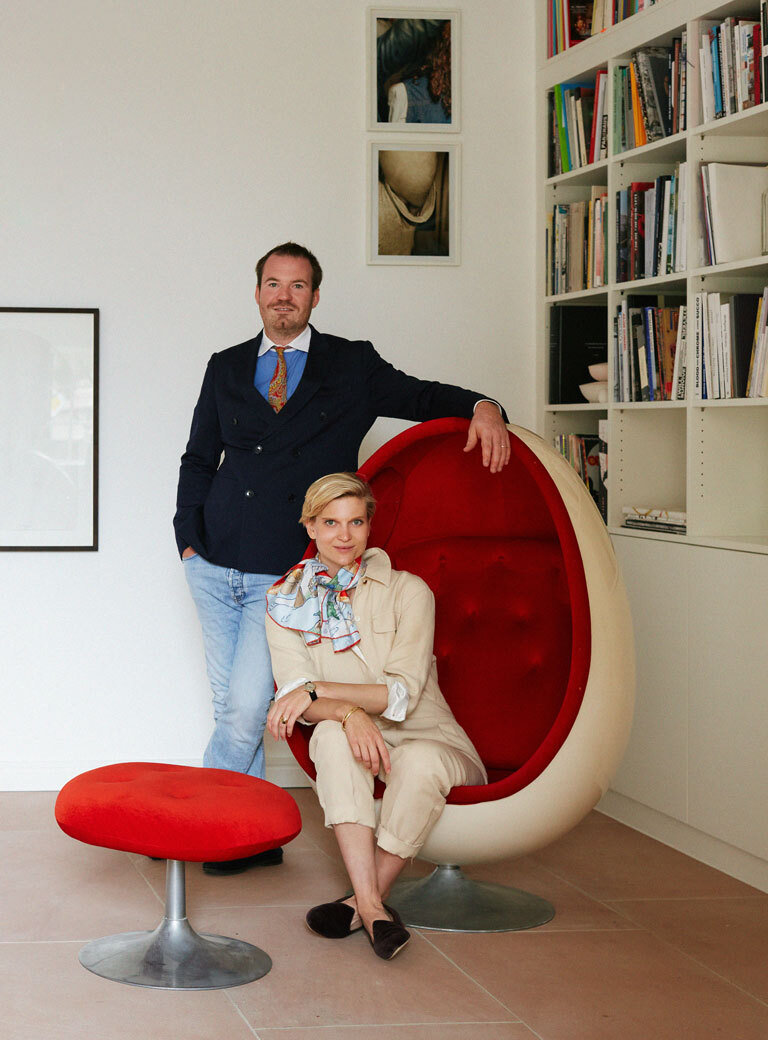
Interview: Dr. Sylvia Metz
Photos: Sabrina Weniger


